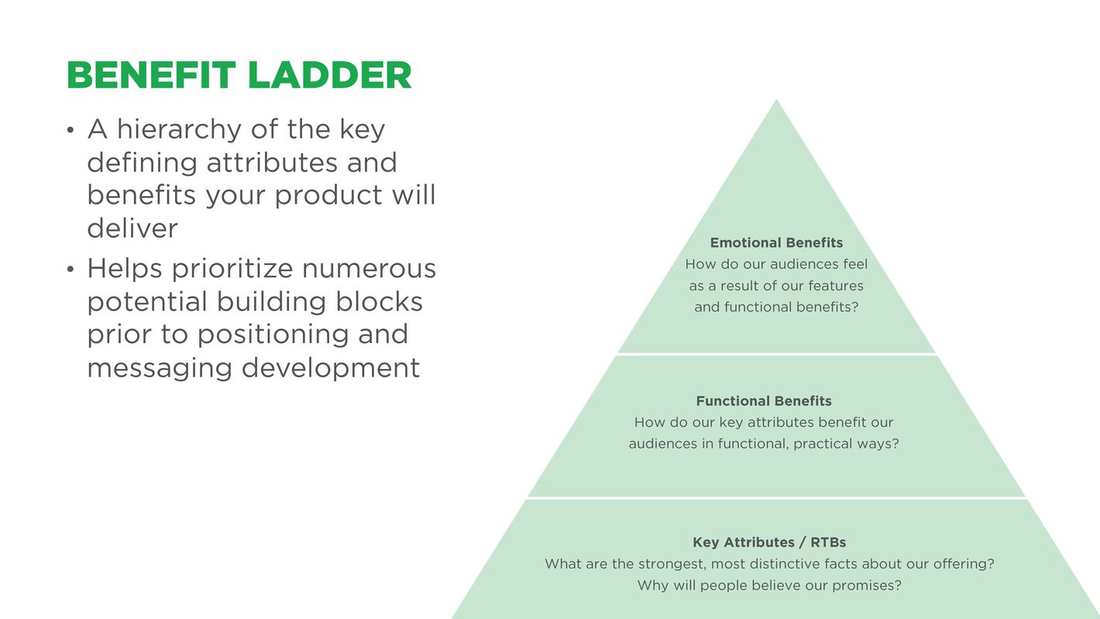We all remember those guess-test-revise math problems from elementary school, and without clear direction, that's exactly what you’re applying to your B2B product strategy. Even if you want to run a pilot program or run an A/B test, making decisions without appropriate research, discovery, and strategy means you'll burn time and budget as you figure out what works and what doesn't — the hard way.
Plus, in a crowded and complex healthcare marketplace, the more guessing you do, the more likely you'll lose your market share to a competitor. Instead, start with a product compass — a tool that creates clarity, organization, and most importantly, direction — to give your B2B healthcare products the best chance for success.
What is a Product Compass and How Does it Create Clarity for B2B Healthcare Marketers?
B2B healthcare marketers face some specific challenges:
- The end-user and the decision maker are often separate people.
- Sales and marketing teams aren’t often aligned on customer needs and pain points.
- The rapidly changing industry has caused unexpected market shifts — affecting budgets and buying power.
While your marketing team can’t change those external factors, you *can* work within these parameters more effectively.
A product compass is a strategic framework that creates alignment, consistency, and a clear direction for your product launch. It does this by identifying your distinct, ownable place in the market, and using that information to create the most relevant and salient campaigns.
A product compass, like a brand compass, is essentially one source of truth that your whole organization can refer to, but focused on a product instead of the overarching brand. This creates important consistency for your internal teams. It also creates clarity around positioning that benefits both the marketing and sales teams as they nurture customers through the sales pipeline.
How to Map Out Your B2B Product Campaign with a Product Compass
The product compass is similar to one of the deliverables of the DIscover and Define processes we use for branding. However, it focuses specifically on individual products or broader product categories to ensure competitive positioning in the marketplace.
Our collaborative process includes thorough discovery, competitive review, and a full-funnel strategy session. The outcomes are four main pillars that align your team and create a clear route for your product to succeed in the market:
- Customer Personas
- Brand Ladder
- Competitive Positioning
- Strategic Messaging
These four elements are vital to give your new product or category the competitive edge you need in the marketplace. Let’s take a deeper dive into each pillar and examine how they contribute to your business goals.
1. Develop Customer Personas
We apply input from initial discovery sessions and research to map out key customers and decision makers. As is the case with most B2B personas — the decision maker and the end user are likely different. Your product may be for a lab tech, a physician, or even an IT administrator. But it's likely that a different department is in charge of budgets and acquisitions. This means your persona development has to encompass both the user and the decision maker’s pain points and desires.
Through these personas, the product compass connects these decision makers and end-users, and identifies their specific motivations, needs, and wants. All of this information narrows down your target audience, so future marketing activities can cut through to the right audience.
2. Create a Brand Ladder
All too often, teams get bogged down in specific product features — and it shows in sub-standard marketing campaigns filled with jargon. To combat this, a brand ladder creates consistency and focuses your team's efforts by translating features into benefits that resonate with the consumer.
Called a "ladder" because each step builds on the prior, this exercise first identifies the main features of your product. Next, you’ll list the functional benefits or how the features help the user. The emotional and self-expressive benefits — how these features impact a user's mindset and how they view their role — make up the top half. Eventually you end up with something like this:



 Janee Wolf
Janee Wolf
